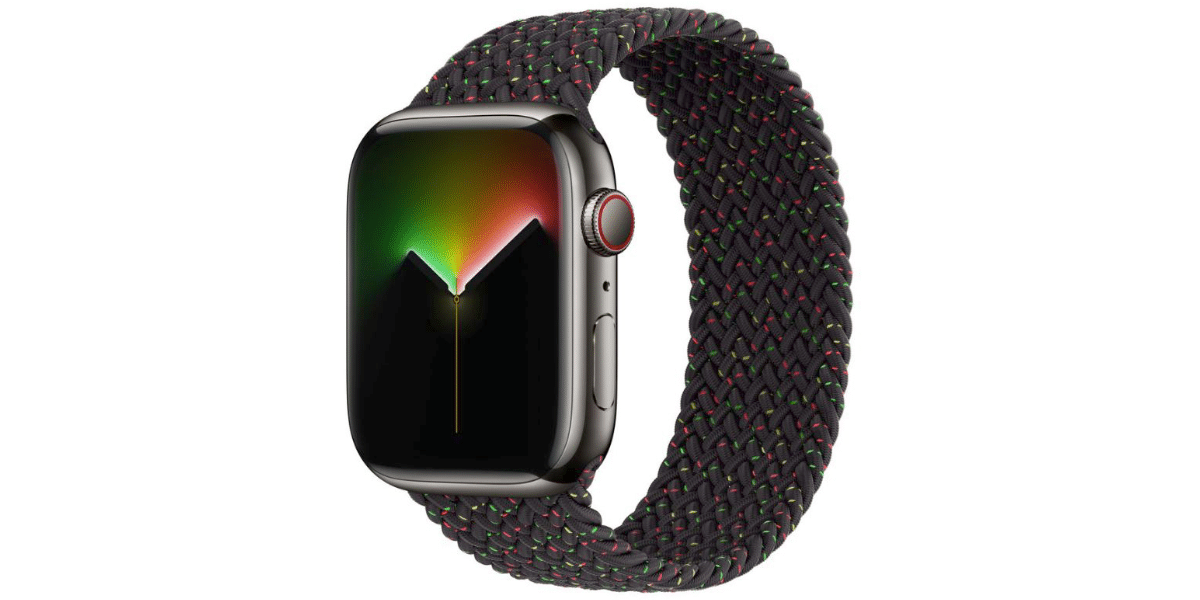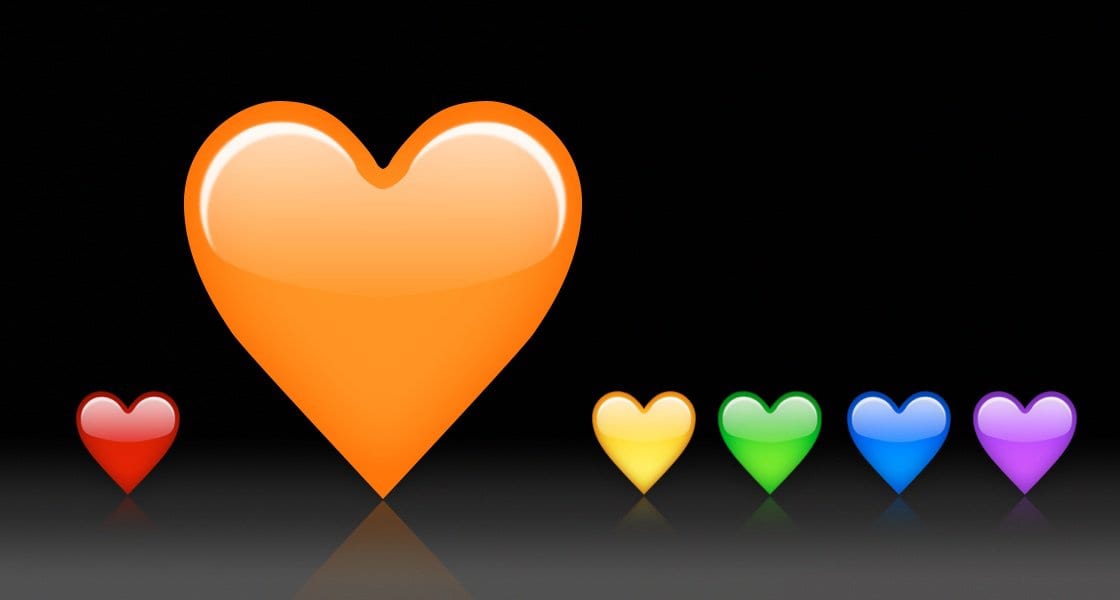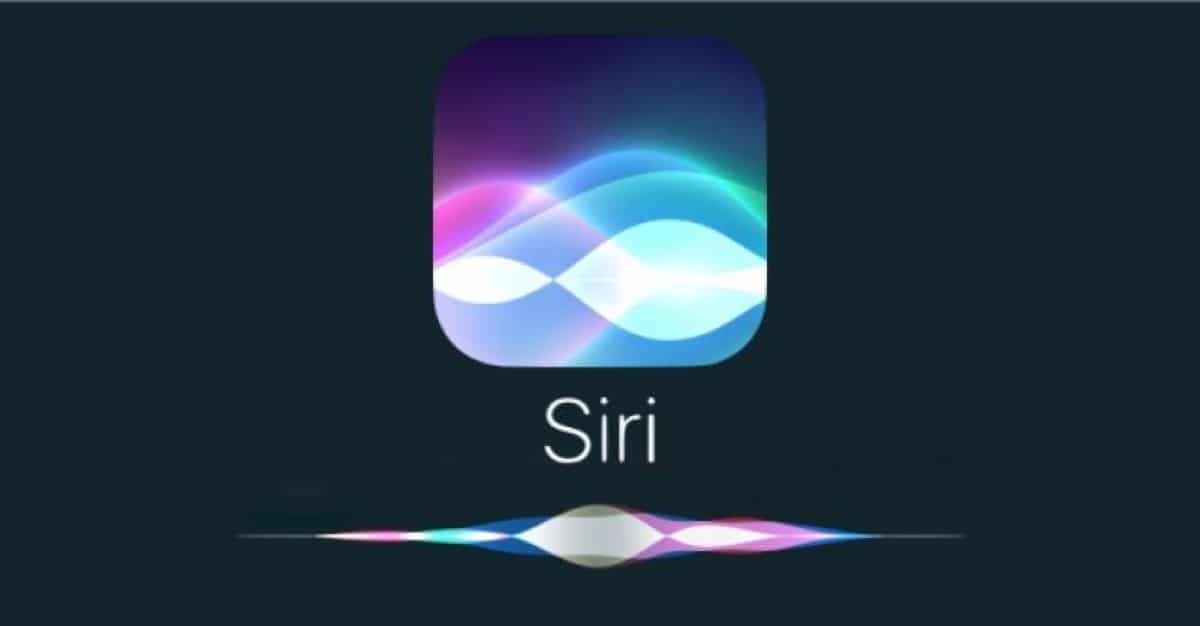
Waiting for the Apple Watch Series 8 to come out in May will bring a whole new sensor body temperature measurement, the other sensors the device brings means we can carry a small computer, an assistant and a lifeguard on our wrist. Considering that it was created as an extension of the iPhone, we now see it as a gadget that can help its users in very difficult or even serious situations. There are four ways the Apple Watch can save us we’ll tell you right now.
Talking about the Apple Watch is talking about a device with incredible features and terrible projection. We started off with a watch that only marked our information, so now we can have a device on our wrist that doctors are using to remotely control the health of some of their patients, at least in the US. There’s been a lot of news about how a watch could save this or that person’s life in many different ways. In fact, the watch continuously measures and measures four factors or parameters if something goes wrong, he will start working. They are as follows:
fall detection

The Apple Watch has sensors and they detect that the user has been hit and fell. This may not be dangerous under normal circumstances, but in other cases the user may be unconscious or trapped on the ground and unable to call for necessary help. For example, this happened to a farmer in Nebraska who fell down the stairs where he worked at age 92. The clock detects a dip and since the user cannot cancel the warning, it automatically sends a distress signal to a pre-programmed number. This and Siri played a decisive role in smooth communication and emergency services could save him.
The function de fall detection is available in models SE and Series 4. If a fall is detected, the watch will sound an alarm and display an alert. We can choose to contact emergency services or ignore alert messages by pressing the digital crown, tapping Close in the upper left corner, or selecting “I’m fine.” It’s as simple as opening the Apple Watch app on your iPhone –> My Watch –> SOS –> Turn Fall Detection On or Off. If fall detection is activated, we can choose between “always activated” or “only during training”.
Heart rate measurement

Perhaps one of the most special features of the Apple Watch is this. This enables the user’s heart rate to be measured automatically and periodically in the background during the day. This way, if you notice any strange signs, we’ll be notified with a message. One measurement it does is maximum and minimum heart rate. If the threshold is exceeded, there is a problem and it will notify you.
This happened to Keith Simpson, who felt unwell, used his recently purchased Apple Watch and warned him: Your heart rate is abnormally low and he should seek medical help. At the hospital, they removed several blood clots that could lead to fatal results.
This heart rate notification can be activated when frequency is applied. Heart Serum opens on Apple Watch for the first time, or from iPhone at any other time. For that reason:
On the iPhone, we open the Apple Watch app–>My Watch–>Heart–>Freq. card. And choose a value for BPM (beats per minute) -> Tap Freq. card. Scroll down and select a BPM value.
Water resistance for Siri and Apple Watch

Because of the power capacity to activate siri only through voice commands, or even by raising the wrist and bringing the watch close to the face, we can communicate or send messages to anyone we want, or any other function that comes to mind. We usually use it to write something down or create a new appointment on the agenda. However, we can do more with it. William Rogers fell into the freezing water while skating on the Salmon Falls River. With Siri and the ability to work in extreme conditions, he was able to call emergency services and they could rescue him.
By the way, if you use it regularly for baths, don’t forget it’s a good idea to drain any water that may remain later.
arrhythmia warning
Another feature of the Apple Watch in the heart section is the ability to measure heart rate. We can choose an electrocardiogram, but it measures our rhythm regularly and several times a day. If the watch detects a problem, it will let us know. If the rhythm is not sinusoidal, that is, 60 to 100 beats per minute, we may find ourselves facing a disease. It’s not a good idea to ignore it.
Like Chris Mint, after receiving a warning of possible atrial fibrillation via Appel Watch, he went to the doctor and was diagnosed with two heart valves not working properly. This saved him from a heart attack or worse.
Remember, you must always update your Apple Watch to get the latest improvements in this area. On the iPhone, we open the Health app –> Explore –> Heart –> Irregular pulse notifications. Once enabled, you can turn irregular heartbeat notifications on or off from the Apple Watch app on your iPhone.
This seems like a good option since it’s not just something that tells us the time anymore. It is a real assistant that takes care of us day in and day out with measurements and sensors. We expect the Series 8 to include body health sensors, which are useful in many situations, and that it will complement the other sensors to provide more precise readings for each sensor.

